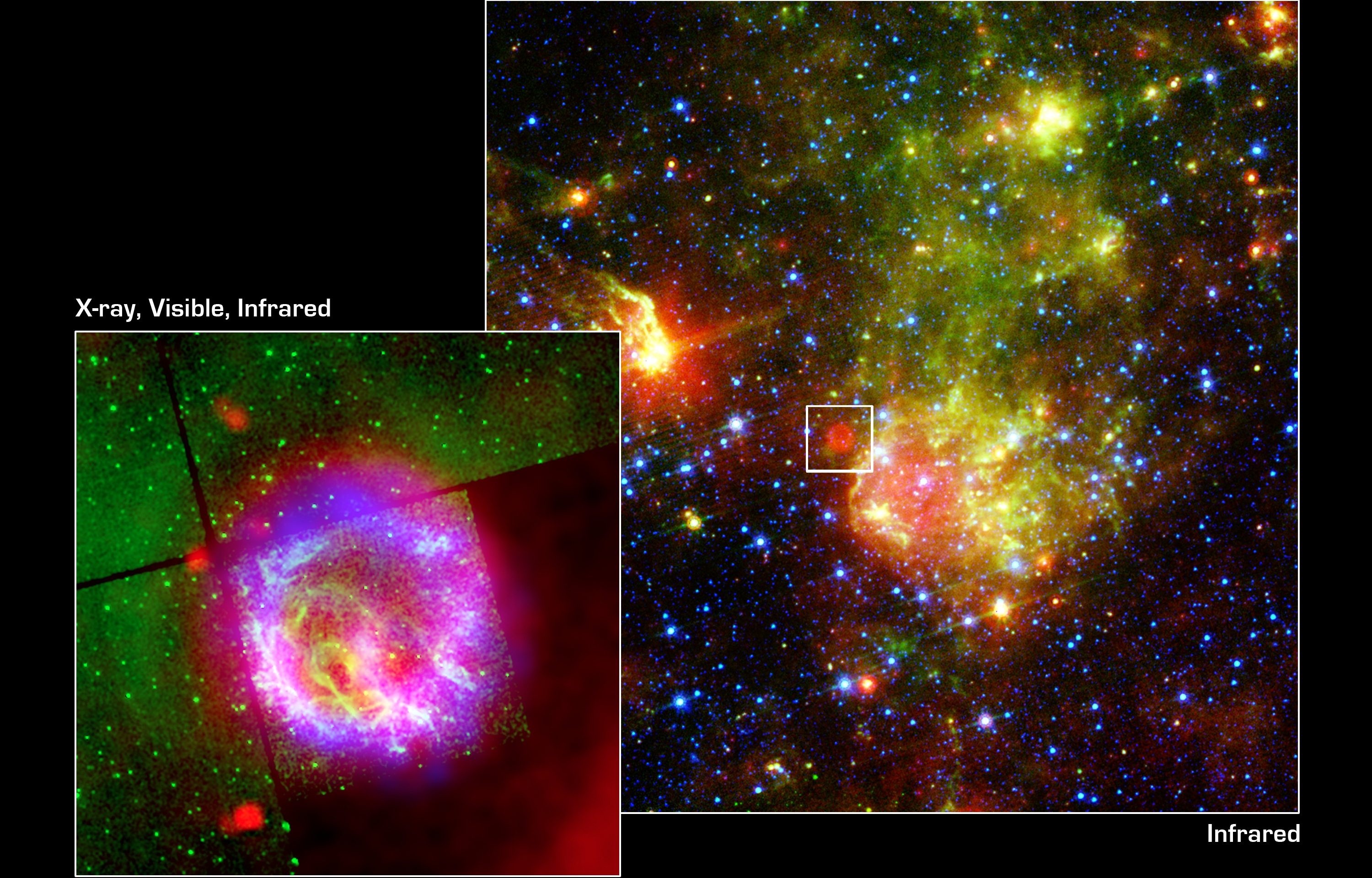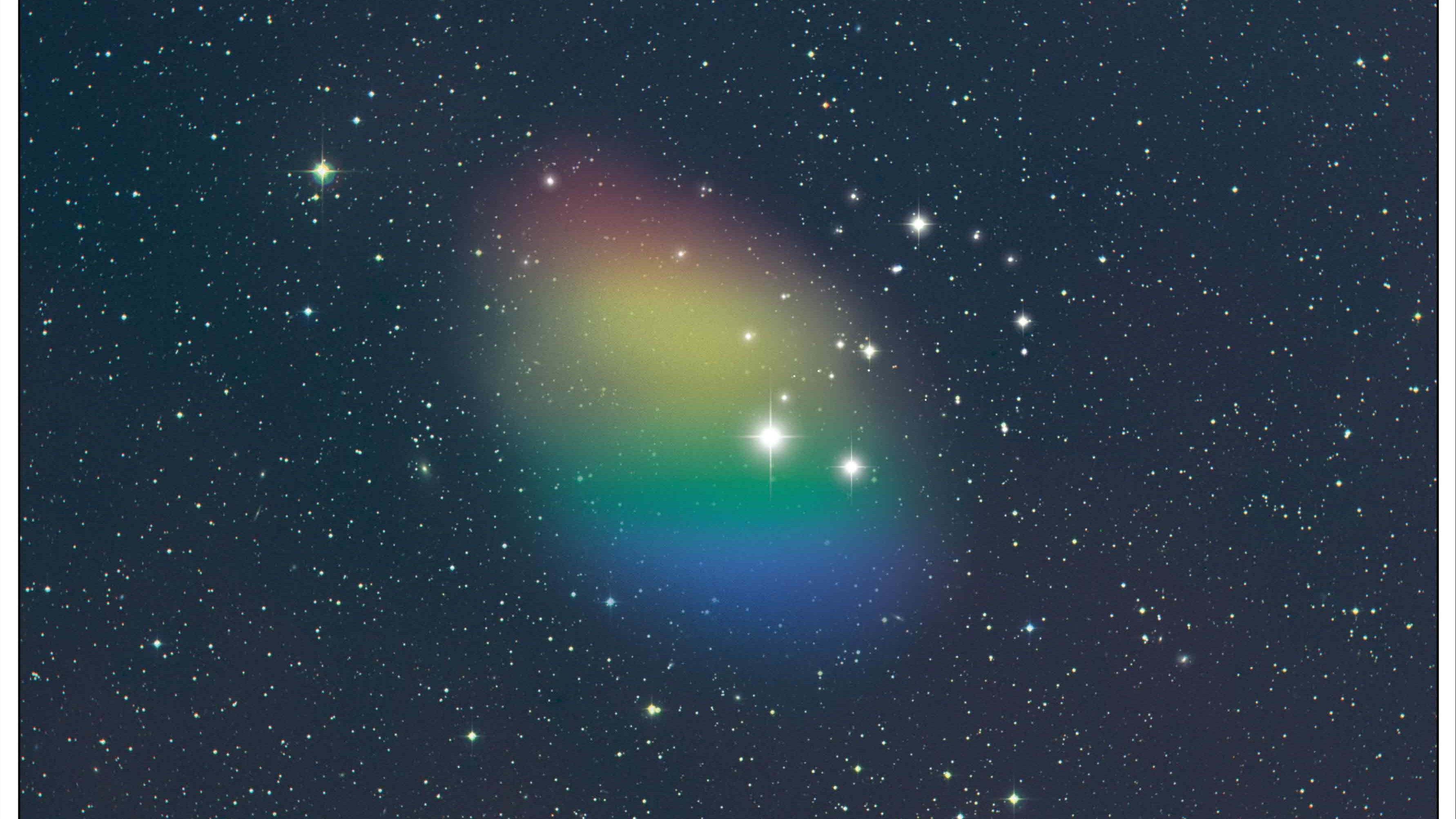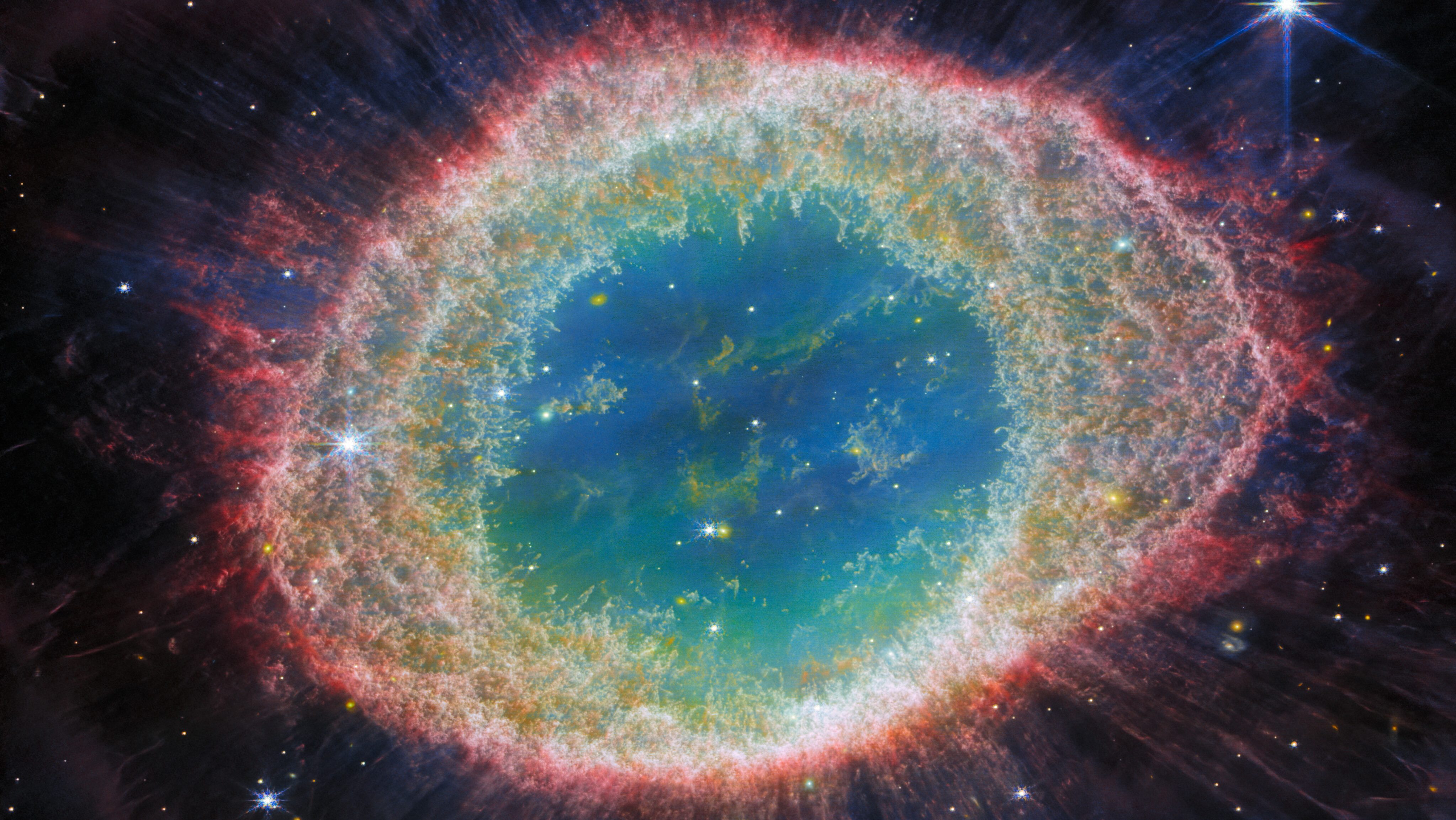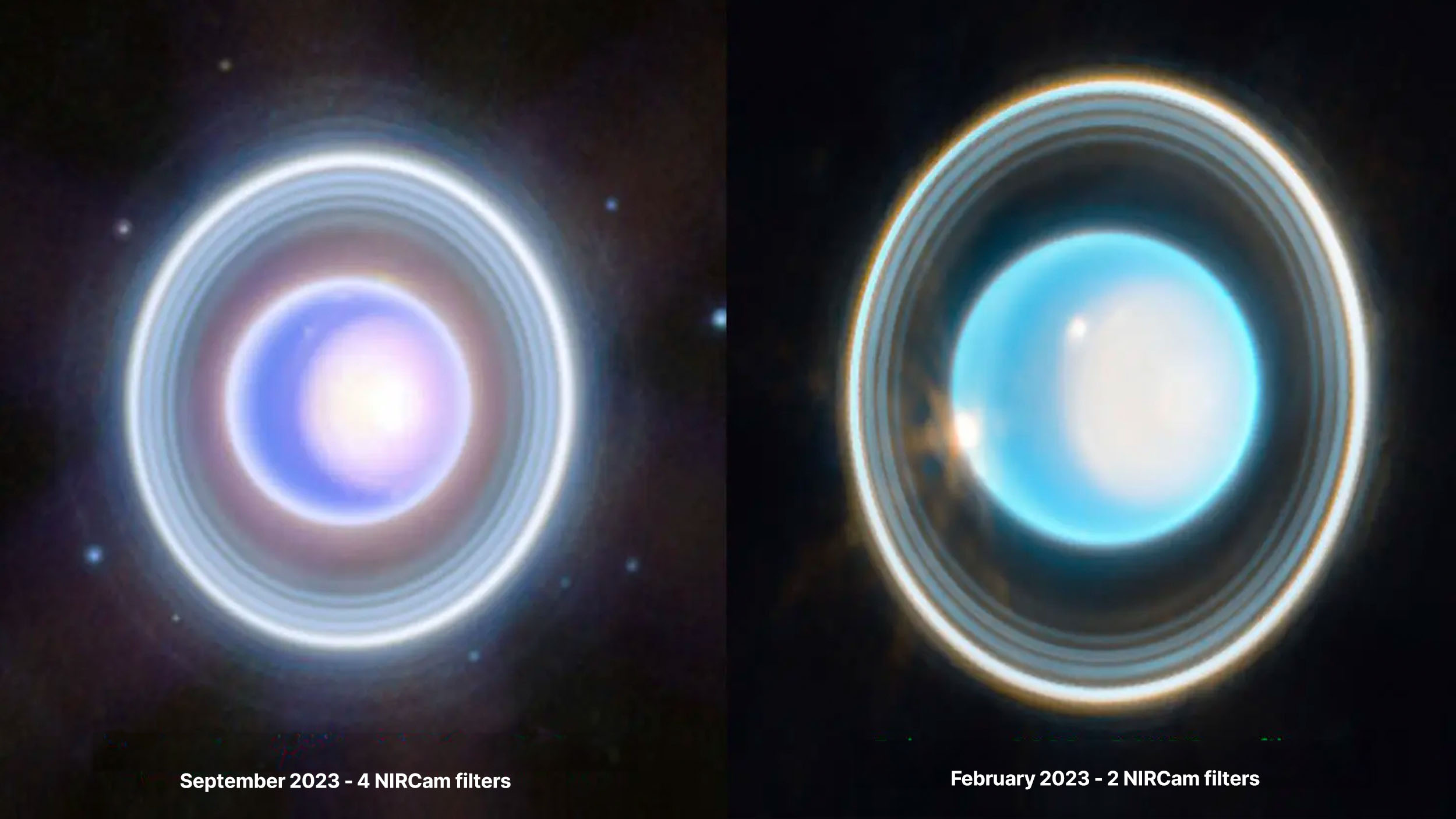Ask Ethan: Why don’t we build a telescope without mirrors or lenses?

Why not just put your detectors in place of a giant mirror?
“Look and think before opening the shutter. The heart and mind are the true lens of the camera.” –Yousuf Karsh
For hundreds of years, the principle behind the telescope has been as simple as it gets: build a lens or mirror to collect a large amount of light, focus that light onto a detector (like an eye, a photographic plate, or an electronic device), and see far beyond the capabilities of your unaided vision. Over time, lenses and mirrors have gotten bigger in diameter and have been crafted to higher precision, while detectors have advanced to the point where they can collect and make good use of every single incoming photon. The quality of detectors might make you wonder why we bother with mirrors at all! That’s what Pedro Teixeira wants to know:
Why do we need a lens and a mirror to make a telescope now that we have CCD sensors? Instead of having a 10m mirror and lens that focus the light on a small sensor, why not have a 10m sensor instead?
It’s a very astute question, because if we could do this, it would be revolutionary.
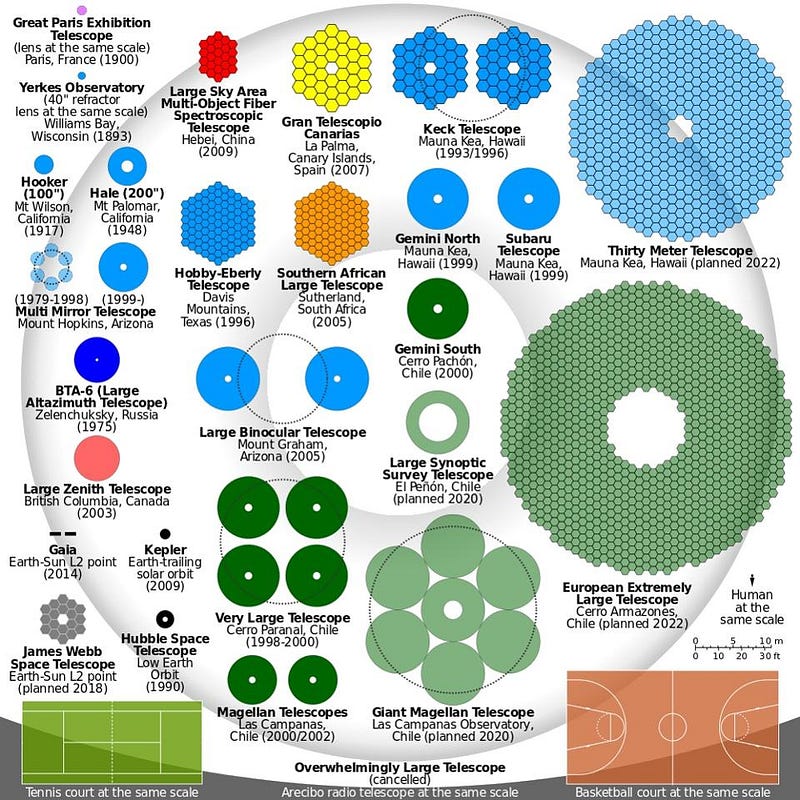
No matter how reflective we make our surfaces, no matter how finely we grind and polish our lenses, no matter how uniformly and carefully we coat the top layers, and no matter how well we repel and eliminate dust, no mirror or lens will ever be 100% optically perfect. Some fraction of light will be lost at every step and with every reflection. Given that the largest, modern designs require mulitple stages of mirrors, including a large hole in the primary mirror to have a good location to reflect light, there’s an inherent limitation to the design of using mirrors and lenses to gather information about the Universe.
The goal is clear and admirable: to cut out any unnecessary steps and eliminate any losses when it comes to your light. It might seem like a simple idea, and as CCD sensors become more widespread and come down in cost, perhaps this will someday be involved in the future of astronomy. But implementing a dream like this won’t be very simple, because there are a few very important obstacles that need to be overcome in order to have a telescope without a mirror or lens. Let’s go over exactly what they are.
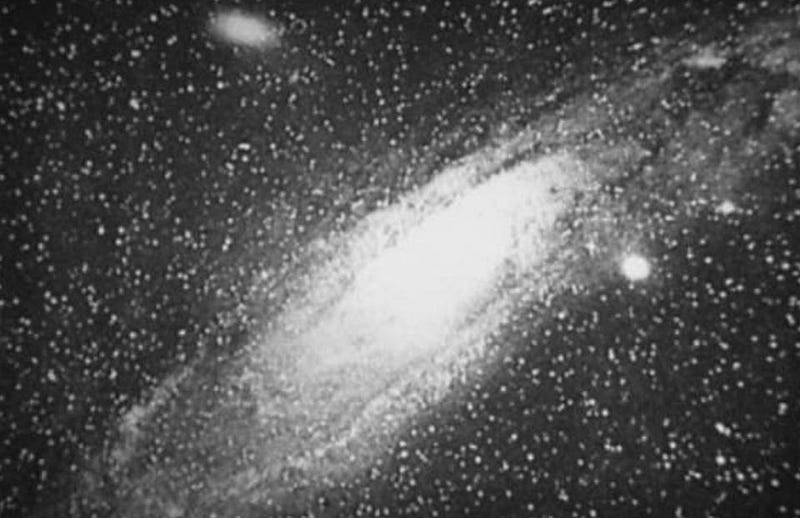
1.) CCDs are outstanding at measuring light, but they don’t sort or filter by wavelength. Have you ever wondered why the old photographs you see of stars and galaxies are all monochrome, even though the stars and galaxies themselves have definite colors? It’s because they didn’t collect light in multiple, separate wavelength filters. Even modern telescopes place a filter between the incoming light and the CCDs/cameras to hone in on a particular wavelength or set of wavelengths, so that multiple images with multiple filters can be taken, reconstructing either a true-color or false-color image in the end.
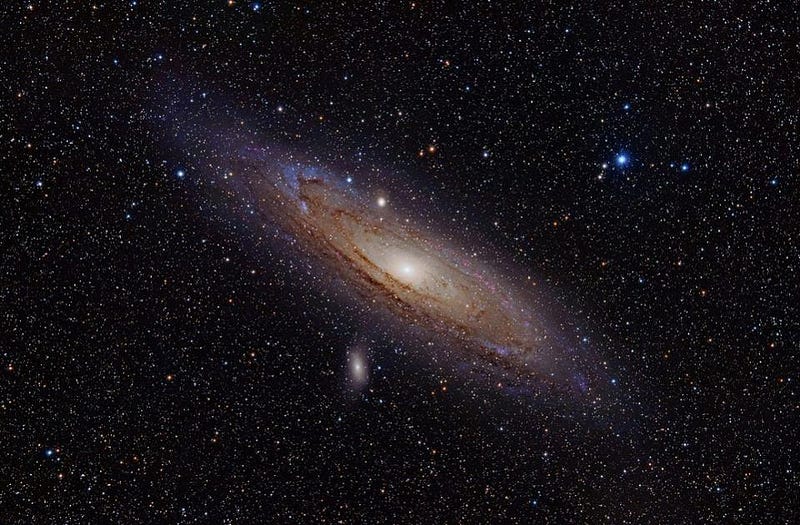
This could be overcome by creating a complete set of filters for each individual CCD element, but that would be cumbersome, expensive, and would require that these filters be placed somewhere behind the CCD elements themselves, since you want to keep the complete collecting area, where a mirror or lens would normally go, open to the sky. It’s not a dealbreaker, but it’s an element that we don’t have a solution for at present.
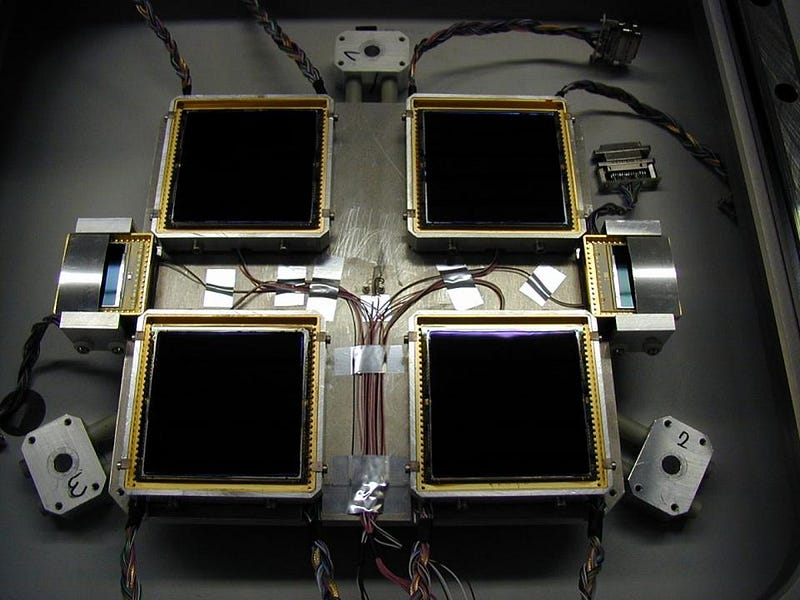
2.) CCDs don’t measure the direction of the incoming light. To produce those meaningful images they create so well, telescopes don’t just need to measure the intensity and wavelength of the incoming light, but its direction as well. Lenses and mirrors have the wonderful property that light coming in from an ultra-distant source that’s perpendicular to the plane of the mirror gets focused in such a way that it reaches your camera/photographic plate/eye/CCD, while the light from other directions is reflected away. Not so for a CCD alone: if light comes in from any direction, it gets registered. Unless you can collimate/focus the light ahead of time, you’re simply going to see a brilliant, white sky everywhere, because you won’t have direction-based information in there.
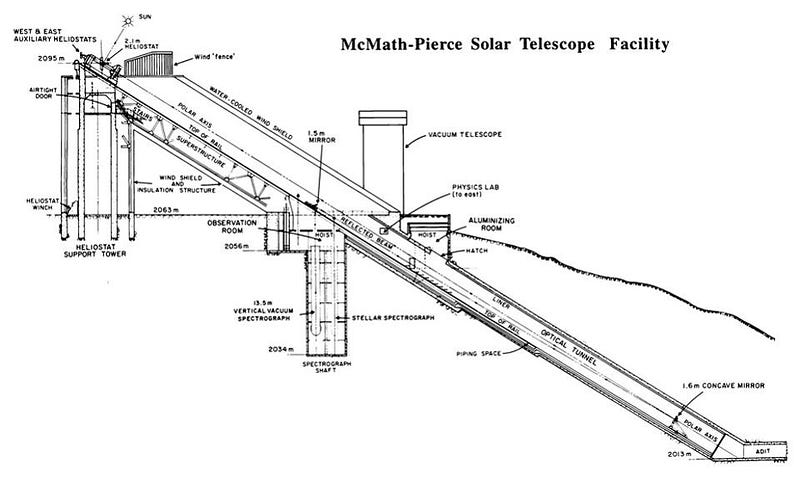
You might think a possible solution to this is to build an extremely long, opaque tube that’s perpendicular to the plane of your CCD array, but even this has a problem: without a lens or mirror, the light from anything in your field-of-view can still strike every pixel in your array. Even the longest tunnel shaft ever built for these purposes, the McMath-Pierce Solar Telescope, still requires an actual mirror or a lens to focus the light. This is the biggest dealbreaker to using a CCD alone to measure light, and the biggest reason you need a mirror or lens.
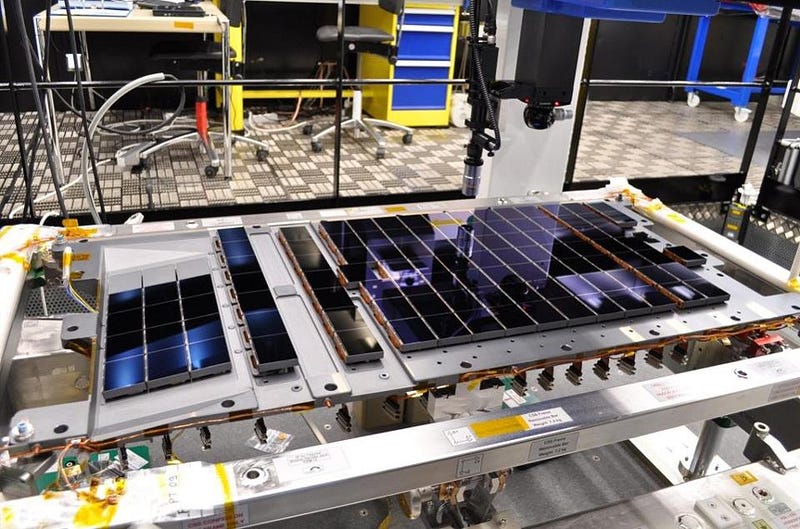
3.) CCDs are far too expensive to cover a 10-meter diameter array. The CCDs themselves are a very expensive piece of equipment; a state-of-the-art 12 MegaPixel CCD, with each pixel (and a microlens that covers it) just 3.1 microns across, retails for around $3,700 today. To cover an area equivalent to a 10 meter diameter mirror would require around 700,000 of them: a cost approaching a prohibitive 3 billion dollars. For comparison, the European Extremely Large Telescope (ELT), with a 39 meter primary mirror diameter, has an estimated cost for the entire facility and equipment of less than half of that, at just 1083 million euros.
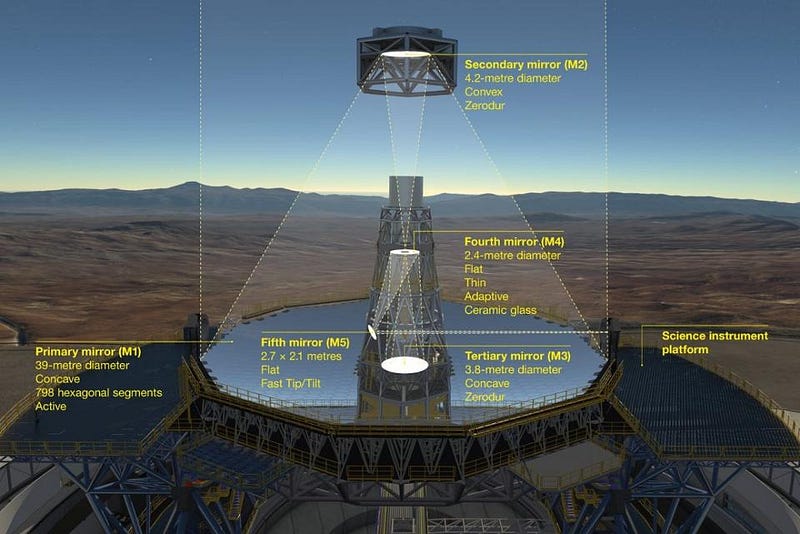
The extra amount of light you would gain by using CCDs without mirrors is tiny, as you only lose about 5–10% of your light per reflection, but gain an extra 1500% (that is not a typo!) by going from a 10-meter diameter to a 39-meter diameter telescope. Put simply, there are better ways to spend your money if your goal is to gather more light and obtain higher resolution.
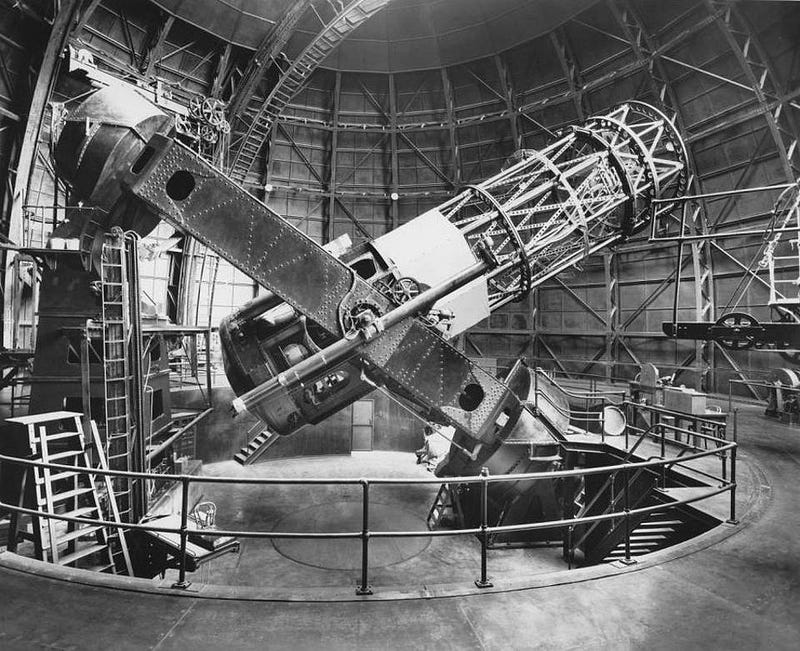
4.) If your goal is to save on weight, there’s a better solution. The Hubble Space Telescope was an incredible challenge to launch and deploy, not simply because of its size, but because of its weight. The heaviness of the primary mirror was one of the biggest obstacles facing the mission. By contrast, James Webb will have more than seven times the light-collecting area of Hubble, but will barely weigh half as much as its much smaller predecessor. The secret? Cast your mirror, shape it, polish it, and then drill out the material on the back.
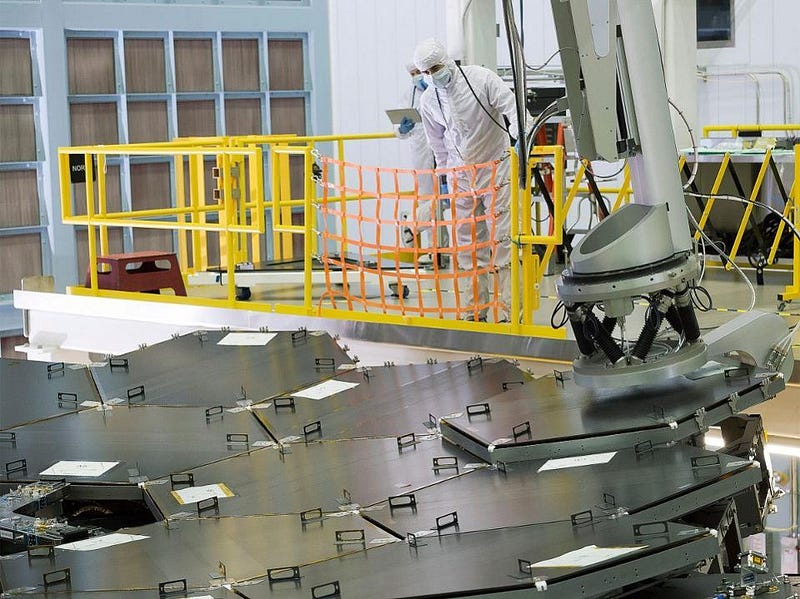
When you’re in space and you don’t have to fight with gravity, you don’t need nearly as much structure to support the telescope. After each of the 18 segments was manufactured for James Webb, the rear side had 92% of the original mass drilled out of it, maintaining the front shape of the mirror while saving tremendously on weight.
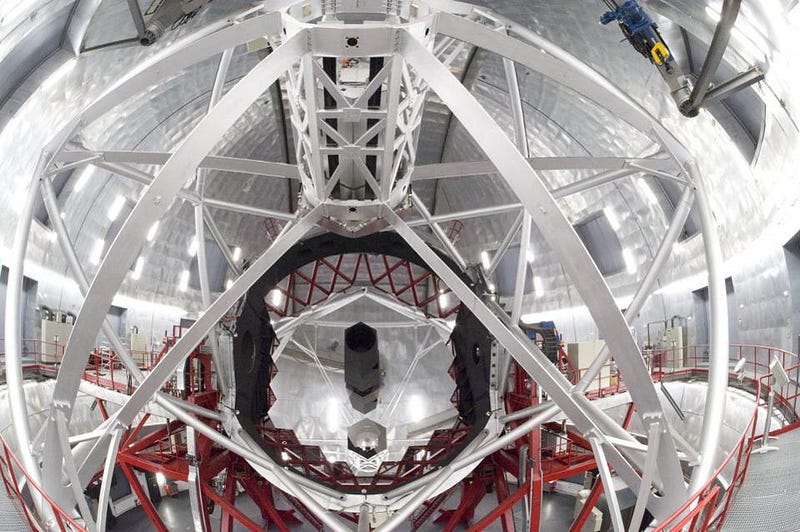
There are lots of reasons why you might want to build a telescope without a lens or mirror, as optimizing for weight, cost, materials, light-gathering power, image quality, and resolution are always going to necessitate a trade-off. But the fact that CCDs, on their own, cannot measure the direction of incoming light is a hard dealbreaker for a mirror-free telescope. Although each mirrored surface that you reflect off of will necessitate some loss of signal, mirrors are still the best way to get a high-resolution, pristine-quality, large-collecting-area, (relatively) low-cost look at the Universe. If costs for CCDs come down, if an array as large as a telescope mirror can be built, and if the direction of incoming photons can be measured in real-time as well, we just might have something to talk about. But for right now, there’s no substitute for the science of optics. More than 300 years after he first published his groundbreaking treatise on the science of light, Newton’s rules are still undefeated when it comes to single telescopes!
Send in your Ask Ethan questions to startswithabang at gmail dot com!
Ethan Siegel is the author of Beyond the Galaxy and Treknology. You can pre-order his third book, currently in development: the Encyclopaedia Cosmologica.